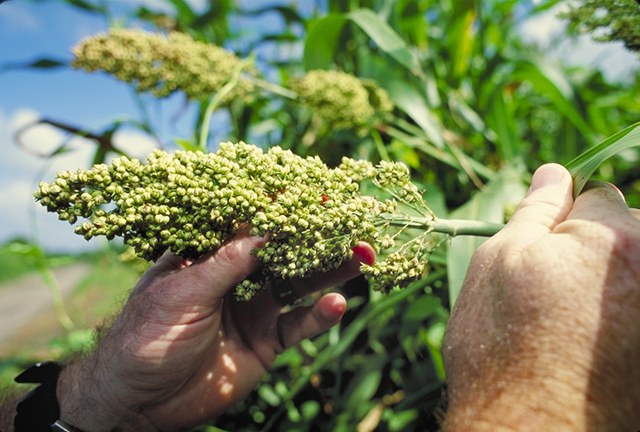- 638-383-0700 En Español
- 01800-700-7795 # 800 desde Mexico
- 1-888-262-4508 Toll Free #
The agriculture sector in Mexico has been important to the country’s economy both politically and historically. As far as Mexico’s GDP, agriculture only accounts for a very small percentage however, Mexico is considered to be one of the cradles of human agriculture. With ancient civilizations developing plants such as tomatoes, maize, avocados, peppers, beans, and much more, the country became known for some of its crops, which have become important agricultural exports.
History of Mexico’s Agriculture
The agriculture in Mexico dates all the way back to the Mesoamerican period. Evidence has shown that the earliest cultivation of corn actually took place in Mexico. During the Mesoamerican period, it is believed that cotton and sunflower seeds were also cultivated. Mesoamerican cultures also developed various other crops including squash, tomatoes, chili peppers, and beans.
During the colonial period, agriculture continued to be an important sector for the country as crops were needed to subsist households and also supply commercially to cities. Throughout the colonial period, the Spanish introduced several new crops such as barley, wheat, sugar and many fruits including apples, pears, bananas, and more. The Spanish also brought with them various breeds of sheep, cattle, goats, and horses, many of which are still raised in the country to this day.
The Mexican Revolution eventually led to land reform in Mexico, resulting in distribution of land to peasants. During this time, and throughout the 1930s and 1940s, the agricultural production of the country was decreasing. Further into the 1940s, Mexico partnered with the United States to develop new crops, leading to an increase in agricultural production.
Mexico’s Agricultural Trade
While Mexico is known as a tourist destination for cities such as Cancun and Playa del Carmen, other parts of the country are equally important to the economy. In modern times, Mexico’s commercial agricultural products come mainly from three parts of the country; the tropics of the Gulf of Mexico, central Mexico’s Bajia region, and the Chiapas Highlands. Mexico’s main agricultural products include vegetables, fruits, beef, milk, corn, eggs, poultry, and pork, which make up more than half of the country’s agricultural production.
The most profitable crops grown in the country include sugarcane and coffee. Coffee is generally exported however sugarcane is most often used for domestic consumption as opposed to exporting. Other profitable crops include pineapples, bananas, cacao, mangos, and vanilla. More than 50 percent of Mexico’s agricultural exports go to the United States.
Mexico is a large country and of all of the land, about fifteen percent is dedicated to agricultural grops while more than fifty percent is used for the production of livestock. Many areas of the country are too mountainous or too arid for grazing or growing crops, but with the diverse climate in the country, there are certain areas where crops and livestock thrive.
Mexico’s Agricultural Crops
The most important aspect of the country’s agriculture is the growing of crops. Crops account for about half of all of Mexico’s agricultural output. The main crops produced in the country include sugarcane, corn, wheat, peppers, sorghum, bananas, avocados, beans, blue agave, various tropical fruits, and more. Of all the crops, the most important for consumption within the country are corn, wheat, beans, and sorghum. The most important crops exported include coffee, sugar, fruits, and vegetables.
Mexico’s Livestock
Livestock accounts for a percentage of Mexico’s agricultural output. Livestock produces eggs, milk, poultry, and beef. The northern part of Mexico has been considered the most important ranching area in the country since the time of the Mexican War of Independence.
Learn more about Mexico’s agriculture: